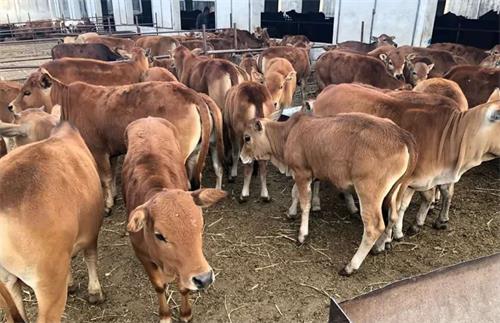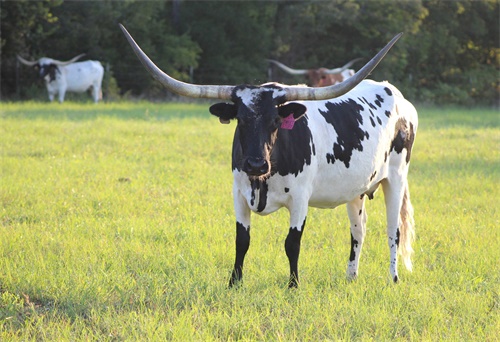There are three main non-surgical methods for live egg retrieval: blind retrieval, endoscopic retrieval, and guided retrieval using an OPU live egg retrieval device. Blind collection method is to grasp the ovaries through the rectum, and use a hand feel to puncture and retrieve the follicles using an egg collector. The blind sampling method relies entirely on the operator's experience, requires a high level of technical proficiency from the operator, and causes significant damage to the ovaries and vaginal tract. Due to the inability to see the follicles on the ovaries, one can only feel the follicles on the surface of the ovaries through the rectum by hand. Therefore, the efficiency of puncturing the follicles is low, and relying on sensation to puncture can easily miss smaller follicles, resulting in a low recovery rate of oocytes. Using a self-made egg collector and blind sampling method to collect oocytes, an average of 1.5 oocytes were obtained per cow per time; Using blind sampling method to collect oocytes, the recovery rate was 49.2, and an average of 6.4 oocytes were obtained per cow per time. There is a significant difference in the effectiveness of oocyte collection between the two, which may be related to the health status of the donor cattle and the proficiency of the operator. Blind collection method, which punctures follicles based on sensation, will inevitably cause damage to the ovarian cortex during the puncture process. Ovarian recovery requires a certain amount of time, resulting in prolonged intervals between egg collection and serious reproductive disorders in donor cows.
Opu Live Egg Harvester
The endoscopic method involves grasping the rectum, puncturing the vaginal fornix, placing the endoscope in the abdominal cavity, and performing follicular puncture under the guidance of the endoscopic display image. This method allows for intuitive and clear observation of follicles on the ovaries. The more follicles observed, the more oocytes are collected, and the recovery rate of oocytes can reach 75%, which is comparable to the recovery rate of oocytes obtained from slaughtered cow ovaries. Moreover, using an endoscope guided puncture needle to puncture follicles can maximize the success rate of puncture, reduce damage to the ovarian cortex during the puncture process, and shorten the time interval for harvesting. The OPU live egg retrieval device uses an endoscope to puncture donor cows twice a week, obtaining an average of 5.4 oocytes per puncture. At the same time, research has also shown that the damage caused to the vaginal vault during egg retrieval using an endoscope can generally be restored within 2-3 days. Due to the expensive equipment and significant damage to the vaginal vault of donor cows, the widespread application of endoscopic technology is limited.
The Opu live egg retrieval device has successfully used ultrasound guided live egg retrieval for the first time. Since the collection of bovine oocytes through the uterine wall, it has been continuously improved in recent decades and has been widely used in cattle. Currently, it has become the main method for live egg retrieval in cattle. The B-ultrasound guided live egg retrieval method mainly utilizes the different absorption and reflection abilities of follicles and other tissues of the ovary to high-frequency sound waves. A cross-sectional image of the ovary is displayed on the screen, and the operator uses a puncture needle to puncture through the vaginal fornix and extract oocytes based on the image. The use of the OPU live egg retrieval device to guide live egg retrieval is fast and generally takes 20 minutes to collect a cow. The egg retrieval process causes minimal damage to the cow's reproductive tract, and there are no adhesions or abnormalities in the donor ovary after retrieval. After in vitro fertilization of 5986 eggs collected by ultrasound guided method, the division rate was 44.7, the transplantable embryo rate was 16.4, and the embryo transfer pregnancy rate was 40. Xu Zhaoxue et al. used B-ultrasound guidance for in vivo egg retrieval, with an oocyte recovery rate of 53.9% and an average of 6.1 eggs per head. The cleavage rate and blastocyst development rate were 75.2% and 29.7%, respectively. The OPU live egg retrieval system achieved a 53.5% oocyte recovery rate, with 6.1 eggs per cow per time, a cleavage rate of 75, and a blastocyst rate of 40.4.







